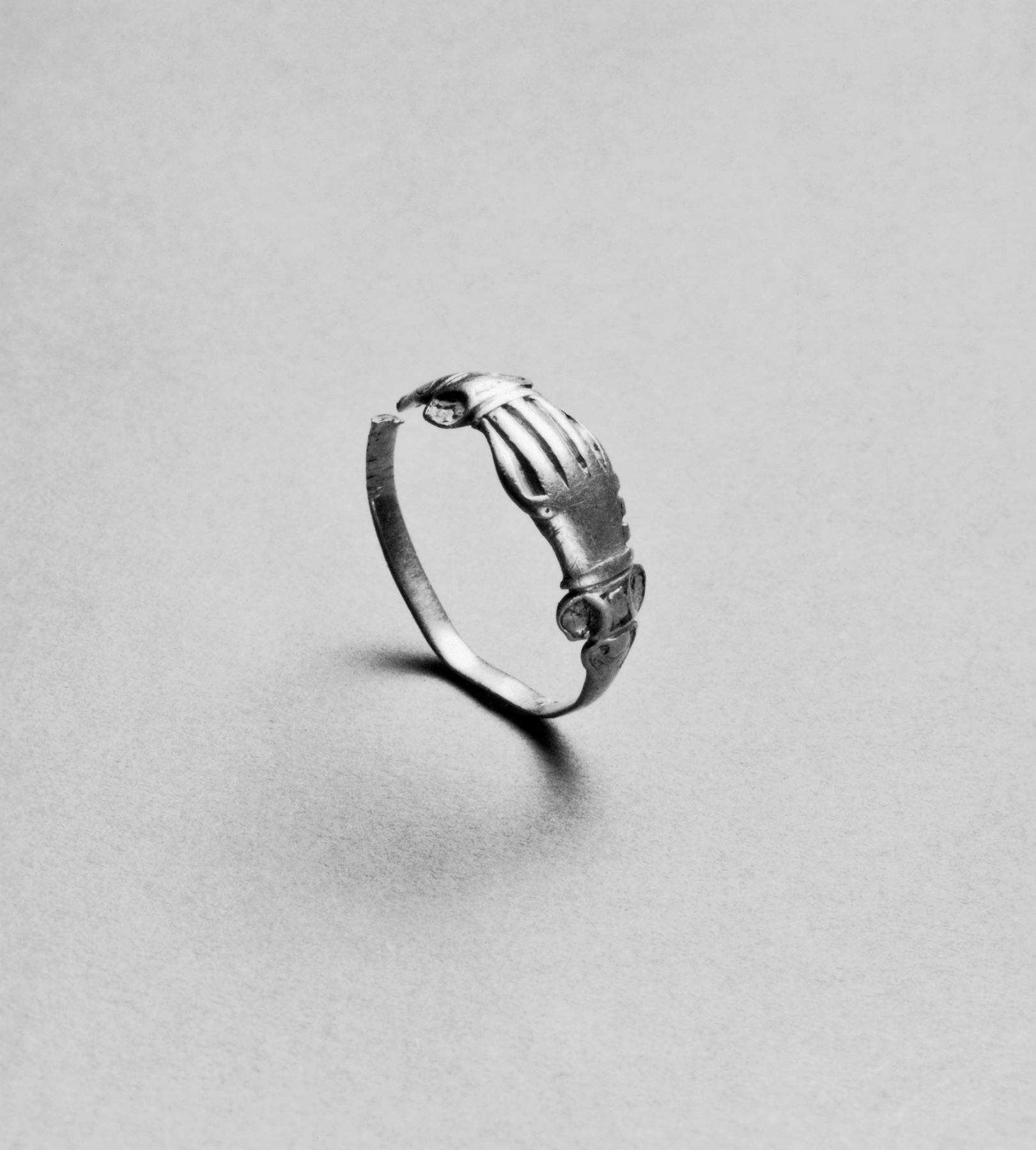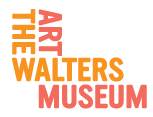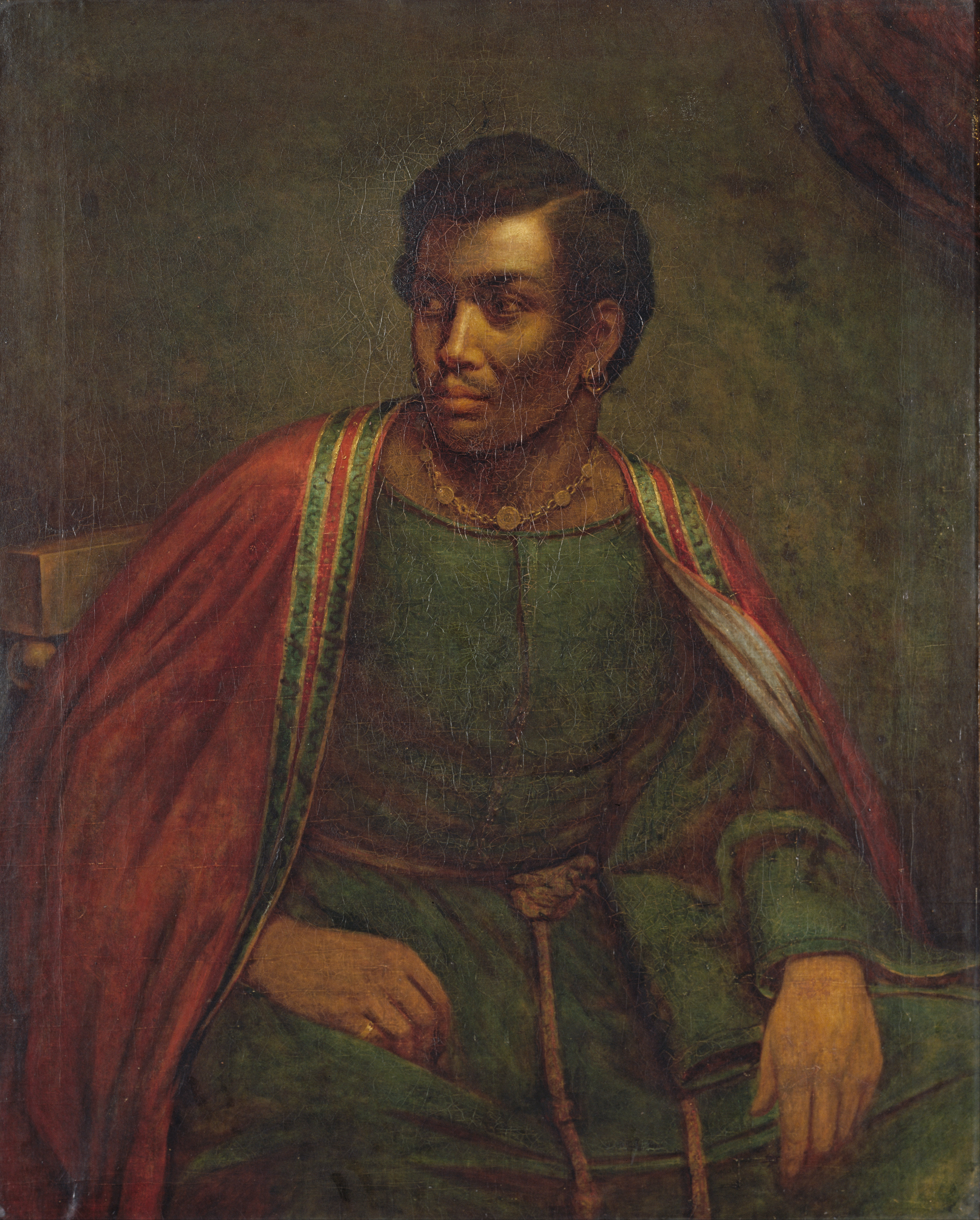|
Gimmal Ring
A gimmal ring, or gimmel ring, is a ring with two or three hoops or links that fit together to form one complete ring. The name gimmal comes from Latin ''gemellus'', twin, via Old French. They were known as joint rings in Elizabethan England. In the 16th and 17th centuries, such rings were fashionable in England, Germany, and other countries, and were often used as betrothal rings. The engaged couple would wear one hoop each and rejoin them to use as a wedding ring. With triple link rings, a third person could witness the couple's vows and hold the third part of the ring until the marriage. An early gimmal band, consisting of two interlocked rings sculpted to form a single ring, is to be found in the Victoria and Albert Museum, dated to 1350. Henry III of England met the Count of Gynes in 1202 and gave him a gimmal ring set with a ruby and two emeralds. Martin Luther wed Catherine Bora in 1525 with a gimmal ring inscribed "Whom God has joined together, Let no man put asunder".The ... [...More Info...] [...Related Items...] OR: [Wikipedia] [Google] [Baidu] |
Betrothal
An engagement or betrothal is the period of time between the declaration of acceptance of a marriage proposal and the marriage itself (which is typically but not always commenced with a wedding). During this period, a couple is said to be ''fiancés'' (from the French), ''betrothed,'' ''intended'', ''affianced'', ''engaged to be married,'' or simply ''engaged''. Future brides and grooms may be called ''fiancée'' (feminine) or ''fiancé'' (masculine), ''the betrothed'', a ''wife-to-be'' or ''husband-to-be'', respectively. The duration of the courtship varies vastly, and is largely dependent on cultural norms or upon the agreement of the parties involved. Long engagements were once common in formal arranged marriages, and it was not uncommon for parents betrothing children to arrange marriages many years before the engaged couple were old enough. This is still done in some countries. Many traditional Christian denominations have optional rites for Christian betrothal (also k ... [...More Info...] [...Related Items...] OR: [Wikipedia] [Google] [Baidu] |
Victoria And Albert Museum
The Victoria and Albert Museum (often abbreviated as the V&A) in London is the world's largest museum of applied arts, decorative arts and design, housing a permanent collection of over 2.27 million objects. It was founded in 1852 and named after Queen Victoria and Prince Albert. The V&A is located in the Royal Borough of Kensington and Chelsea, in an area known as "Albertopolis" because of its association with Prince Albert, the Albert Memorial and the major cultural institutions with which he was associated. These include the Natural History Museum, the Science Museum, the Royal Albert Hall and Imperial College London. The museum is a non-departmental public body sponsored by the Department for Digital, Culture, Media and Sport. As with other national British museums, entrance is free. The V&A covers and 145 galleries. Its collection spans 5,000 years of art, from ancient times to the present day, from the cultures of Europe, North America, Asia and North Africa. Ho ... [...More Info...] [...Related Items...] OR: [Wikipedia] [Google] [Baidu] |
Henry III Of England
Henry III (1 October 1207 – 16 November 1272), also known as Henry of Winchester, was King of England, Lord of Ireland, and Duke of Aquitaine from 1216 until his death in 1272. The son of King John and Isabella of Angoulême, Henry assumed the throne when he was only nine in the middle of the First Barons' War. Cardinal Guala Bicchieri declared the war against the rebel barons to be a religious crusade and Henry's forces, led by William Marshal, defeated the rebels at the battles of Lincoln and Sandwich in 1217. Henry promised to abide by the Great Charter of 1225, a later version of the 1215 '' Magna Carta'', which limited royal power and protected the rights of the major barons. His early rule was dominated first by Hubert de Burgh and then Peter des Roches, who re-established royal authority after the war. In 1230, the King attempted to reconquer the provinces of France that had once belonged to his father, but the invasion was a debacle. A revolt led by William ... [...More Info...] [...Related Items...] OR: [Wikipedia] [Google] [Baidu] |
Guînes
Guînes (; vls, Giezene, lang; pcd, Guinne) is a commune in the northern French department of Pas-de-Calais. Historically it was spelt ''Guisnes''. On 7 January 1785, Jean-Pierre Blanchard, a French pioneer in hydrogen-balloon flight, completed the first crossing of the English Channel, landing in the woods south of Guînes where a memorial column stands today. Geography Guînes is located on the border of the two territories of the Boulonnais and Calaisis, at the edge of the now-drained marshes, which extend from there to the coast. The Guînes canal connects with Calais. History Historically, Guînes was the capital of a small county of the same name. After the Romans left, in the 5th century, there is little known about the town. In the Dark Ages, according to legend, the territory of Guînes became the property of one Aigneric, Mayor of the Palace of the Burgundian king Théodebert II. In 928, when the Danes invaded and seized the place, it was probably a defencele ... [...More Info...] [...Related Items...] OR: [Wikipedia] [Google] [Baidu] |
Martin Luther
Martin Luther (; ; 10 November 1483 – 18 February 1546) was a German priest, theologian, author, hymnwriter, and professor, and Order of Saint Augustine, Augustinian friar. He is the seminal figure of the Reformation, Protestant Reformation and the namesake of Lutheranism. Luther was ordained to the Priesthood in the Catholic Church, priesthood in 1507. He came to reject several teachings and practices of the Catholic Church, Roman Catholic Church; in particular, he disputed the view on indulgences. Luther proposed an academic discussion of the practice and efficacy of indulgences in his ''Ninety-five Theses'' of 1517. His refusal to renounce all of his writings at the demand of Pope Leo X in 1520 and the Charles V, Holy Roman Emperor, Holy Roman Emperor Charles V at the Diet of Worms in 1521 resulted in his Excommunication (Catholic Church)#History, excommunication by the pope and condemnation as an Outlaw#In other countries, outlaw by the Holy Roman Emper ... [...More Info...] [...Related Items...] OR: [Wikipedia] [Google] [Baidu] |
Fede Ring
A fede ring is a ring in which two hands clasp, as if in friendship, love or betrothal. The design was used in Ancient Rome, maybe earlier. It became prominent in the Middle Ages, from the 12th century onward. The name "fede" is from the Italian phrase ''mani in fede'' ("hands clasped in faith"). Weinstein, R. (2004). ''Marriage rituals Italian style: A historical anthropological perspective on early modern Italian Jews''. Leiden, Brill See also *Claddagh ring A Claddagh ring ( gle, fáinne Chladaigh) is a traditional Irish ring in which a heart represents love, the crown stands for loyalty, and two clasped hands symbolize friendship.George Frederick Kunz (1911). Rings for the Finger: From the Earlie ... References Rings (jewellery) Wedding objects {{fashion-stub ... [...More Info...] [...Related Items...] OR: [Wikipedia] [Google] [Baidu] |
Renaissance
The Renaissance ( , ) , from , with the same meanings. is a period in European history marking the transition from the Middle Ages to modernity and covering the 15th and 16th centuries, characterized by an effort to revive and surpass ideas and achievements of classical antiquity. It occurred after the Crisis of the Late Middle Ages and was associated with great social change. In addition to the standard periodization, proponents of a "long Renaissance" may put its beginning in the 14th century and its end in the 17th century. The traditional view focuses more on the early modern aspects of the Renaissance and argues that it was a break from the past, but many historians today focus more on its medieval aspects and argue that it was an extension of the Middle Ages. However, the beginnings of the period – the early Renaissance of the 15th century and the Italian Proto-Renaissance from around 1250 or 1300 – overlap considerably with the Late Middle Ages, conventionally da ... [...More Info...] [...Related Items...] OR: [Wikipedia] [Google] [Baidu] |
Claddagh Ring
A Claddagh ring ( gle, fáinne Chladaigh) is a traditional Irish ring in which a heart represents love, the crown stands for loyalty, and two clasped hands symbolize friendship.George Frederick Kunz (1911). Rings for the Finger: From the Earliest Known Times, to the Present, with Full Descriptions of the Origin, Early Making, Materials, the Archaeology, History, for Affection, for Love, for Engagement, for Wedding, Commemorative, Mourning, Etc.' Philadelphia; London: J. B. Lippincott Co.William Jones (1877). Finger Ring Lore: Historical, Legendary, Anecdotal'. London: Chatto and Windus. . The design and customs associated with it originated in Claddagh, County Galway. Its modern form was first produced in the 17th century.Jack Mulveen (1994). "Galway Goldsmiths, Their Marks and Ware". ''Journal of the Galway Archaeological and Historical Society''. . 46:43–64. Description The Claddagh ring belongs to a group of European finger rings called fede rings.Scarisbrick and Henig, F ... [...More Info...] [...Related Items...] OR: [Wikipedia] [Google] [Baidu] |
Walters Museum
The Walters Art Museum, located in Mount Vernon-Belvedere, Baltimore, Maryland, United States, is a public art museum founded and opened in 1934. It holds collections established during the mid-19th century. The museum's collection was amassed substantially by major American art and sculpture collectors, a father and son: William Thompson Walters, (1819–1894), who began collecting when he moved to Paris as a nominal Southern/Confederate sympathizer at the outbreak of the American Civil War in 1861; and Henry Walters (1848–1931), who refined the collection and made arrangements for the construction of a later landmark building to rehouse it. After allowing the Baltimore public to occasionally view his father's and his growing added collections at his West Mount Vernon Place townhouse/mansion during the late 1800s, he arranged for an elaborate stone palazzo-styled structure built for that purpose in 1905–1909. Located across the back alley, a block south of the Walters mansio ... [...More Info...] [...Related Items...] OR: [Wikipedia] [Google] [Baidu] |
Othello
''Othello'' (full title: ''The Tragedy of Othello, the Moor of Venice'') is a tragedy written by William Shakespeare, probably in 1603, set in the contemporary Ottoman–Venetian War (1570–1573) fought for the control of the Island of Cyprus, a possession of the Venetian Republic since 1489. The port city of Famagusta finally fell to the Ottomans in 1571 after a protracted siege. The story revolves around two characters, Othello and Iago. Othello is a Moorish military commander who was serving as a general of the Venetian army in defence of Cyprus against invasion by Ottoman Turks. He has recently married Desdemona, a beautiful and wealthy Venetian lady much younger than himself, against the wishes of her father. Iago is Othello's malevolent ensign, who maliciously stokes his master's jealousy until the usually stoic Moor kills his beloved wife in a fit of blind rage. Due to its enduring themes of passion, jealousy, and race, ''Othello'' is still topical and popular and is ... [...More Info...] [...Related Items...] OR: [Wikipedia] [Google] [Baidu] |
Robert Herrick (poet)
Robert Herrick (baptised 24 August 1591 – buried 15 October 1674) was a 17th-century English lyric poet and Anglican cleric. He is best known for ''Hesperides'', a book of poems. This includes the '' carpe diem'' poem "To the Virgins, to Make Much of Time", with the first line "Gather ye rosebuds while ye may". Early life Born in Cheapside, London, Robert Herrick was the seventh child and fourth son of Julia Stone and Nicholas Herrick, a prosperous goldsmith."Robert Herrick," Poets.org, Academy of American Poets, Web, 20 May 2011. He was named after an uncle, Robert Herrick (or Heyrick), a prosperous Member of Parliament (MP) for Leicester, who had bought the land Greyfriars Abbey stood on after Henry VIII's dissolution in the mid-16th century. Nicholas Herrick died in a fall from a fourth-floor window in November 1592, when Robert was a year old (whether this was suicide remains unclear). [...More Info...] [...Related Items...] OR: [Wikipedia] [Google] [Baidu] |
.jpg)





